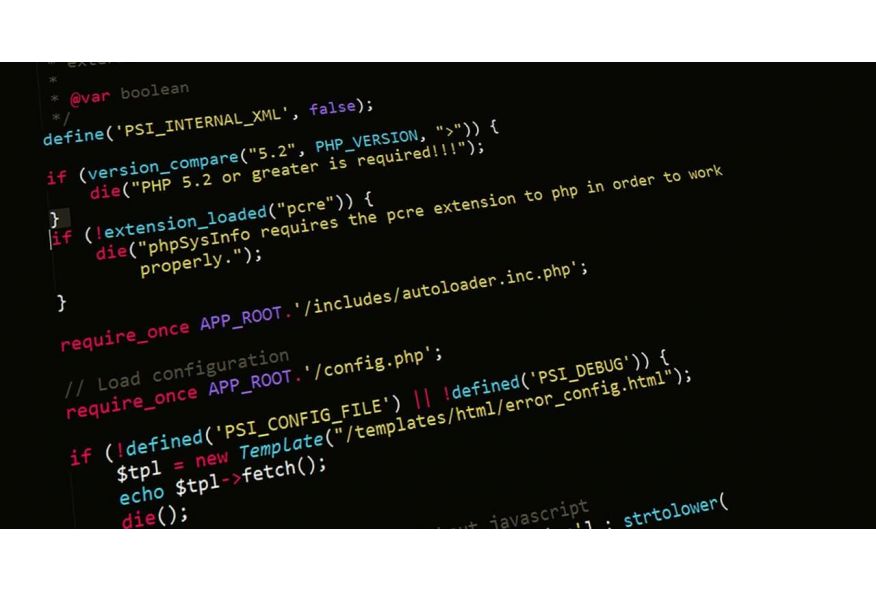Terminal Commands to Assist in Developing Applications with Docker, CakePHP, and Other Tools
In this post I will demonstrate some basic commands that will help you develop your project with different tools.
Docker + Docker Compose
1) To upload a project to your local machine:
docker-compose up -d
2) To find out which projects are uploaded to your local machine:
docker ps
3) To take down the project on your local machine:
docker-compose down
4) To rebuild your docker project:
docker-compose build --no-cache
5) To free up more space on your computer, delete the containers created using this command:
docker system prune -a
6) How to enter your project machine:
docker exec -it nome-do-seu-projeto_php_1
7) To exit the docker machine:
exit
CakePHP 3.x
Before you start running the commands below, you must log into your project machine in listing 6) above.
8) To create a new migration you run the following command:
bin/cake migrations create NomedasuaMigracao
9) If you are on Linux/Ubuntu, run the command that gives you permission to edit the file. Remember that you must do it outside the docker machine in listing 7):
sudo chown nome-do-seu-user:nome-do-seu-user config/Migrations -R
10) This is a Basic example of Table creation using migration
table('produtos');
$produtos
->addColumn('nome', 'string', [
'null' => true,
'default' => null,
'limit' => 255,
])
->addColumn('slug', 'text', [
'null' => true,
'default' => null,
'limit' => MysqlAdapter::TEXT_LONG,
])
->addColumn('image', 'string', [
'null' => true,
'default' => null,
'limit' => 255,
])
->addColumn('status', 'boolean', [
'null' => true,
])
->addColumn('created', 'datetime', [
'null' => true,
'timezone' => true,
])
->addColumn('modified', 'datetime', [
'null' => true,
'timezone' => true,
])
->create();
}
}
11) To run the migration, follow the command below:
bin/cake migrations migrate
12) To undo a migration:
bin/cake migrations rollback
13) To update an attribute with the migration. You have the option to do a Rollback in listing 12) if it is the last migration made and modify the created migration or if there are several other migrations in front you can update by creating a new migration in listing 8 and then you can use this example model:
table('produtos');
$produtos
->addColumn('data_publicacao', 'datetime', [
'null' => true,
'timezone' => true,
'default' => null,
])
->update();
}
}
Then you update using Listing 11) to update the database.
14) To revert back to CakePHP 3.x Composer version with the docker machine open:
composer self-update --1
15) To install CakePHP Composer 3.x
composer install
16) To clear the route cache in CakePHP 3.x
bin/cake cache clear_all17) Update ACL permissions
bin/cake acl_extras aco_sync
18) Compile styles if you are using the AssetCompress plugin in CakePHP 3.x
bin/cake AssetCompress.AssetCompress build --force
19) Compile styles if you are using the AssetCompress plugin in CakePHP 2.x
Console/cake AssetCompress.asset_compress build -f
20) If you have the AuditLog Plugin, this is the command to run its exclusive migration in CakePHP 3.x | 4.x
bin/cake migrations migrate -p AuditLog
These are some of the commands I use most, I hope they help you.
Image ForPixabay: https://www.pexels.com/pt-br/foto/codigo-c-de-computador-276452/







